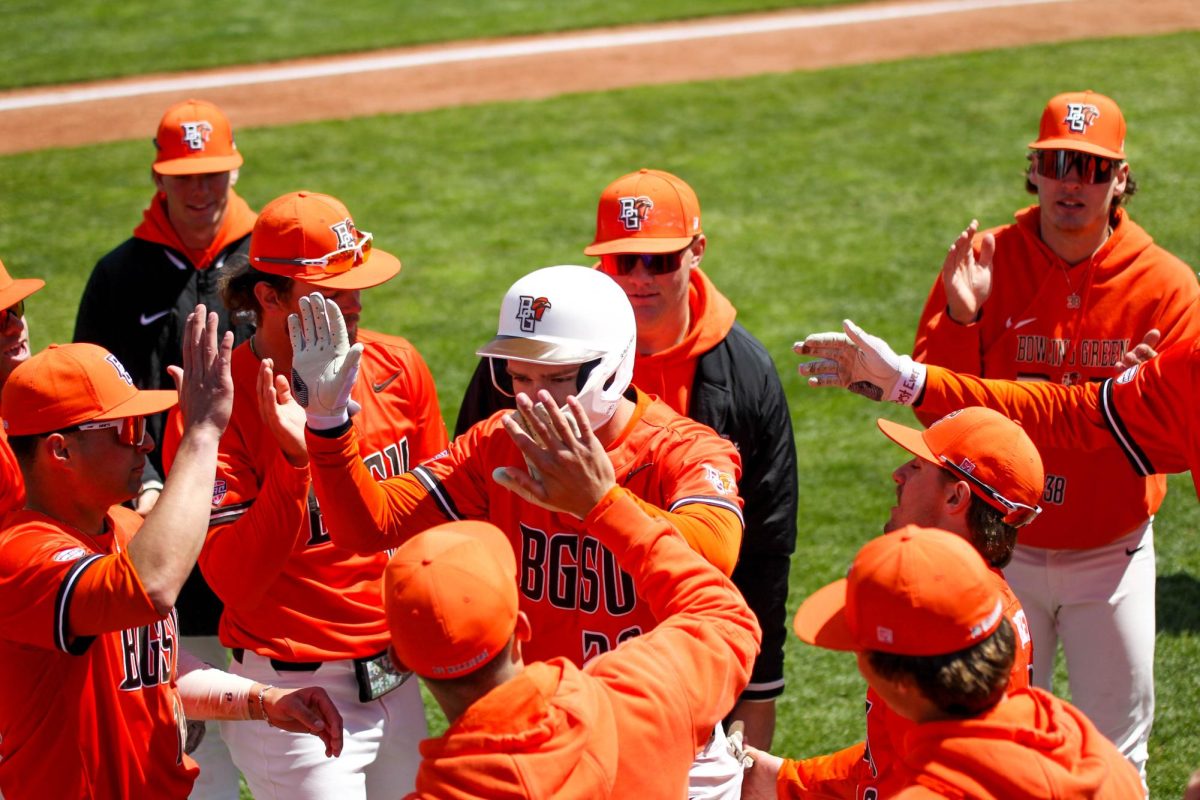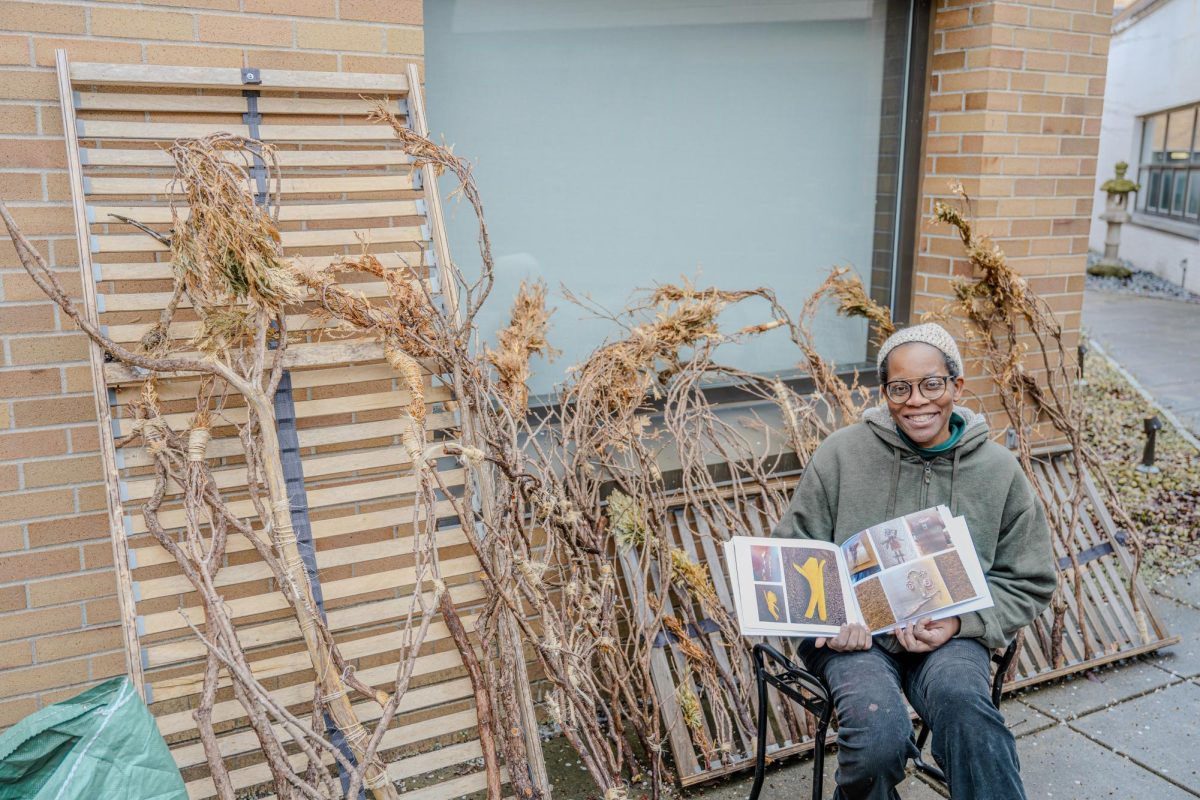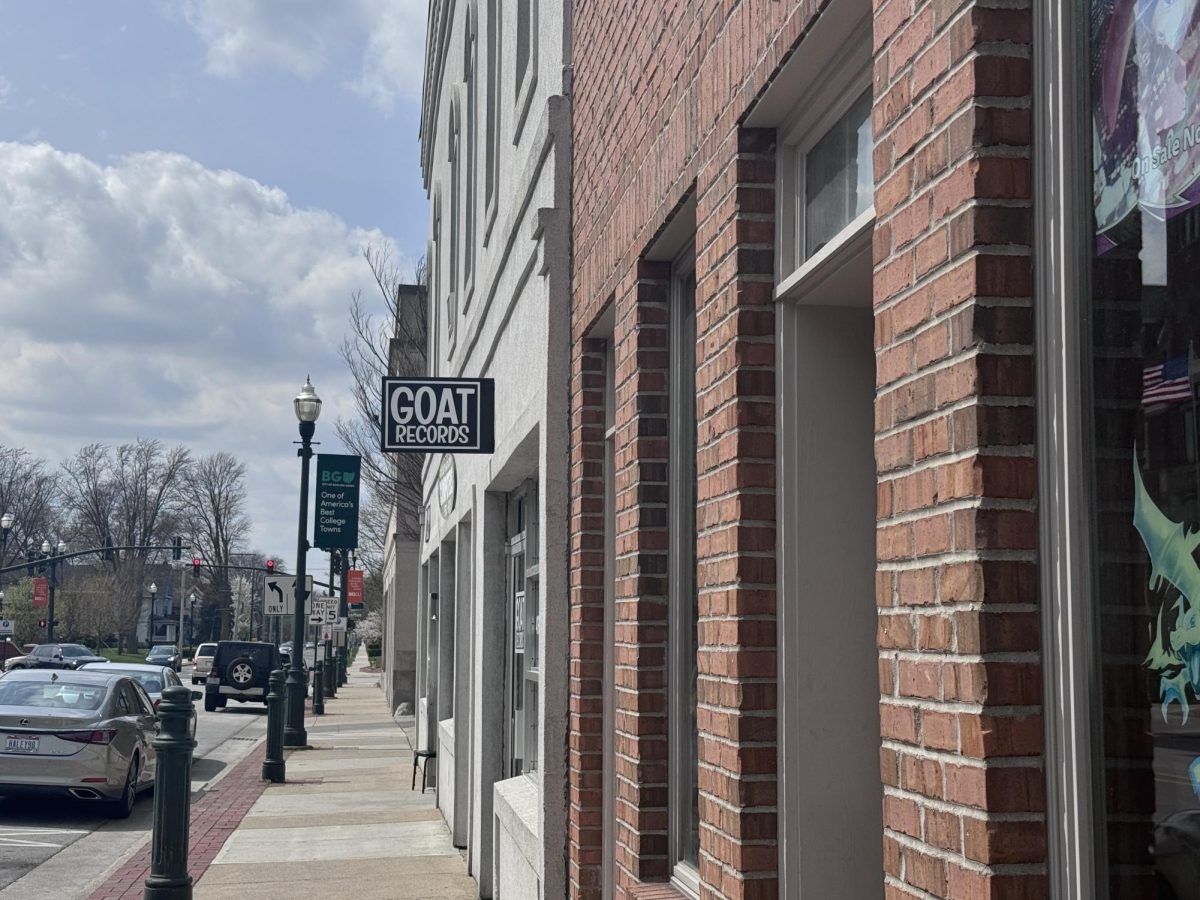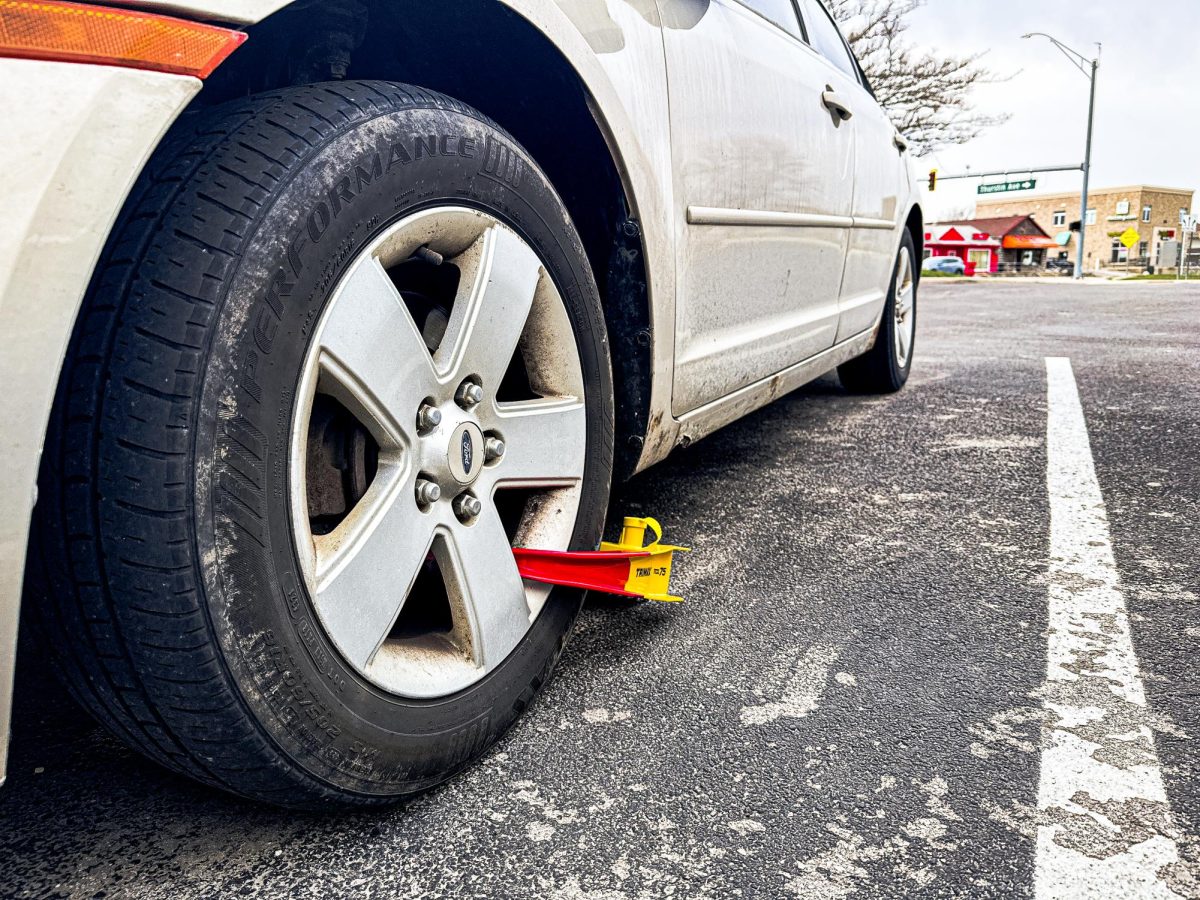There are 13 state universities in Ohio competing – whether they like it or not – for new students. Considering the importance of popular environmental concerns, many schools are hoping to attract new scholars with enhanced sustainability programs. Bowling Green State University is no exception, but how do its efforts compare to similar institutions? Nick Hennessy, interim sustainability coordinator at the University, views his own position as the foundation of a good conservation program. ‘By virtue of having a full-time coordinator, that puts BG in a very small category of Ohio universities,’ he said. ‘There aren’t many in Ohio, but that puts BG on the cutting edge of a very new trend.’ Hennessy has operated for the past year as an interim coordinator, ever hoping that all his ecological efforts will be recognized by the University and earn him the full-time position he deemed so important. Both Ohio State University and the University of Miami are considering hiring a coordinator. Meanwhile, Wright State University in Dayton named their first sustainability coordinator – Huntting Brown – in January 2008, and Ohio University in Athens has had Sonia Marcus overseeing their efforts since May 2006. ‘It does help, but sustainability here didn’t start with this office,’ Marcus said. ‘This office was created because there have been sustainability-minded people here for a long time.’ Marcus said that many of the programs in which BGSU now participates were created by OU, like the nationwide Recyclemania and the dorm-based energy challenge the University engaged in for the first time this past February. OU also has the largest compost machine of any university in the country, capable of containing 28 tons of organic material. ‘Having a coordinator makes us a leader,’ Hennessy said. ‘That said, different schools are at different levels. Some without sustainability coordinators have been doing a fantastic job for years.’ The nearby University of Toledo lacks a sustainability manager, but Professor of Environmental Science Johan Gottgens said that hasn’t hindered the institution’s ecological endeavors. ‘There’s been a real shift towards the positive end in the last few years,’ Gottgens said. ‘We’ve taken on a remarkable number of initiatives concerning sustainability. I’ve been here for 16 years and have never seen anything like it.’ One of Toledo’s most innovative projects has been the creation of two new ‘rain gardens,’ areas of dense foliage planted on lower ground. Gottgens explained that these gardens collect run-off after rain showers. The soil helps filter nutrients and remove pollutants. ‘It’s a green solution to storm water,’ he said. The campus also saw the addition of several community gardens commemorated on Earth Day. These gardens will be home to vegetables, herbs and other plant-life and will be open to the community. The University of Toledo is keeping competitive by having all their new structures LEED certified, something the University of Cincinnati has placed emphasis on as well. ‘I’m stunned to see LEED buildings, buildings that are green, at the University of Toledo,’ Gottgens said. ‘We’ve come a long way. We’re not at the level where we want to be, but we have a lot of momentum. We’re starting to do so well in so many areas that I’m amazed.’ Hennessy was equally proud of the decision to make the new Wolfe and Stroh centers LEED designated. He called it a positive investment in the future. ‘I don’t think we’ll ever regret spending a little more money on these green features,’ he elaborated. ‘In the long run, it will save so much energy and will show how much we value sustainability.’ The University’s interim coordinator has implemented many new programs and initiatives already, from dorm participation in the Energy Wars to the availability of shared bikes on campus. His peer in Athens – Marcus – has overseen her school’s involvement in their president’s commitment to climate change and a series of ecologically-based public debates. Meanwhile, Gottgens and the University of Toledo perform an annual clean-up of the Ottawa River. They also re-seed the river’s banks with native plant species. So do these emissaries of ecology consider themselves in competition with one another? ‘All Ohio’s different schools have different strengths,’ Marcus said. ‘They’ve all made significant strides in different areas. For instance, when I think of BG I think of wind turbines. When I think of Cincinnati, I think of their dedication to LEED buildings.’ ‘I’m not a huge fan of competition,’ Hennessy confessed. ‘I think that what we ought to do is what’s right for the University. By doing that we’re going to be naturally competitive. The rest will follow. If we looked at this all as a competition, we might get a grade, like a C. If we do what’s right in our own context, there’s no grade good enough.’





















